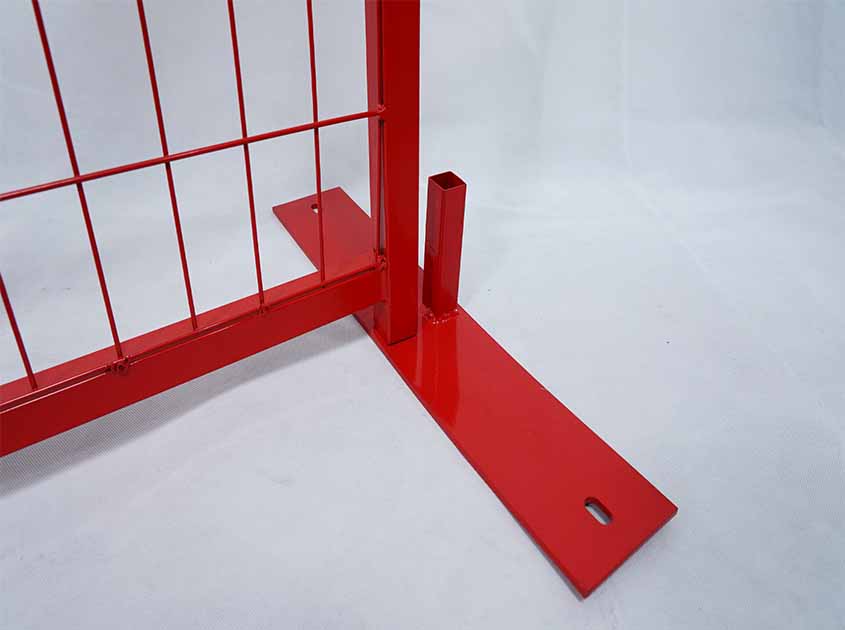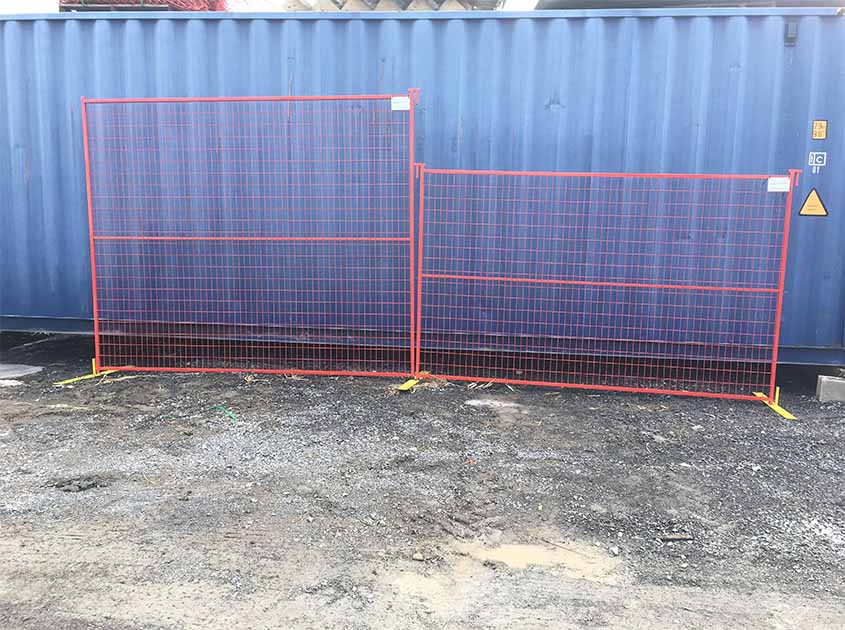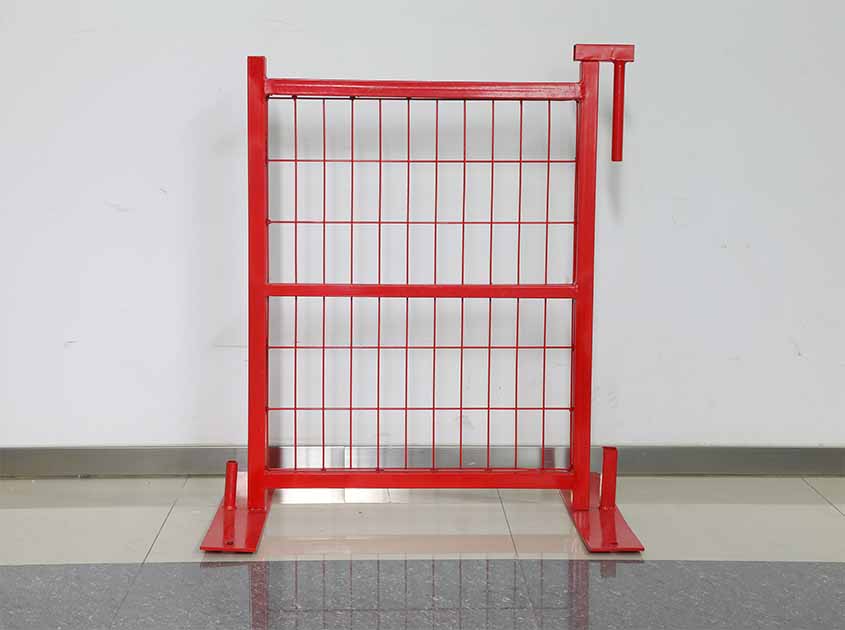- Home
- About Us
- Products
- Service
- Project
- News
- Contact Us
Pulished on Jun. 08, 2023
Canada Temporary fences play a crucial role in various settings, providing safety, security, and demarcation. In Canada, the design and installation of Canada temporary fences follow specific guidelines to ensure their effectiveness and compliance with local regulations. This article aims to shed light on the key aspects of understanding the design and installation of Canada temporary fences.
When it comes to design, Canada temporary fences are typically constructed using lightweight materials such as steel or aluminum. These materials offer durability while allowing for easy transportation and installation. The fence panels are designed to interlock securely, forming a sturdy barrier that can withstand external forces.

In terms of height, Canada temporary fences are usually around 6 to 8 feet tall. This height provides adequate security and prevents unauthorized access. However, specific requirements may vary depending on the location and purpose of the fence. For example, construction sites may require higher fences to ensure public safety.
The installation of Canada temporary fences involves a few essential steps. First, the area where the fence will be installed needs to be prepared. This includes clearing any debris, leveling the ground, and ensuring a stable foundation. Next, the fence panels are assembled and connected, forming a continuous barrier around the designated area. Canada Temporary fences are often equipped with sturdy bases or supports to maintain stability and prevent tipping.

To enhance security and access control, Canada temporary fences can be equipped with additional features such as gates, locks, and barbed wire. These additions help regulate entry and prevent unauthorized individuals from entering restricted areas.
It is crucial to note that Canada temporary fences must comply with local regulations and bylaws. Depending on the region, permits or approvals may be required before installation. It is recommended to consult with local authorities or fencing professionals to ensure compliance with all necessary guidelines.

In conclusion, understanding the design and installation of temporary fences in Canada is essential for creating safe and secure environments. These fences are designed using lightweight materials, with a typical height of 6 to 8 feet. The installation process involves site preparation, panel assembly, and ensuring stability. Additional features like gates and locks can be incorporated for enhanced security. By adhering to local regulations, Canada temporary fences can effectively serve their purpose across various settings in Canada.
What Are the Common Applications of Wire Mesh Fence in Construction?
Pulished on Dec. 15, 2025
Reasons Behind the Growing Demand for Security Fencing in the Middle East
Pulished on Nov. 28, 2025
Characteristics of Fence Demand in South American Construction Projects
Pulished on Nov. 28, 2025
How Middle East Distributors Can Quickly Evaluate the Quality of Wire Mesh Suppliers
Pulished on Nov. 24, 2025
What Type of Metal Fencing Is Best for Construction in the Middle East?
Pulished on Nov. 18, 2025
358 High-Security Fencing – Maximum Protection for Sensitive Sites
Pulished on Oct. 27, 2025
Welded Wire Mesh Fencing – Durable and Efficient Solutions for Global B2B Buyers
Pulished on Oct. 27, 2025
Cattle Fencing – Strong, Reliable, and Cost-Effective Solutions for Livestock Management
Pulished on Oct. 22, 2025
What Are the Common Applications of Wire Mesh Fence in Construction?
Pulished on Dec. 15, 2025
Reasons Behind the Growing Demand for Security Fencing in the Middle East
Pulished on Nov. 28, 2025
Characteristics of Fence Demand in South American Construction Projects
Pulished on Nov. 28, 2025
How Middle East Distributors Can Quickly Evaluate the Quality of Wire Mesh Suppliers
Pulished on Nov. 24, 2025
What Type of Metal Fencing Is Best for Construction in the Middle East?
Pulished on Nov. 18, 2025
358 High-Security Fencing – Maximum Protection for Sensitive Sites
Pulished on Oct. 27, 2025
Welded Wire Mesh Fencing – Durable and Efficient Solutions for Global B2B Buyers
Pulished on Oct. 27, 2025
Cattle Fencing – Strong, Reliable, and Cost-Effective Solutions for Livestock Management
Pulished on Oct. 22, 2025






 EN
EN SP
SP FR
FR
